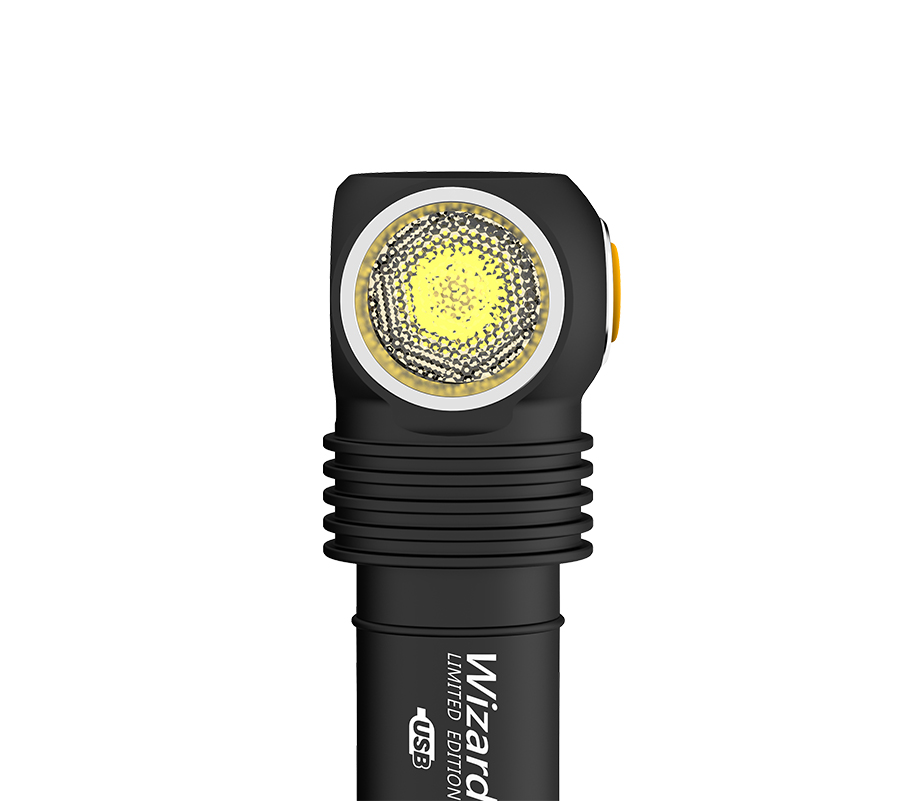

I cant speak to that - I will contact Armytek about this. Its been suggested that I got a dud light since Wizards do usually have LVP. I pulled the light off the apparatus when the switch was blinking (for some time I dont know how long), and the cell was 1.34V. In the next lowest output - Turbo1 - the light also exhibited no LVP. In this test, the cell was 2.33V when I checked it, which was quite some time after the test ended. Another thing to note is that neither of my tests exhibited any LVP whatsoever. So while Im reporting 1213 lumens (which is almost within the 10% rule anyway), I think 1400 is most certainly accurate.Ī couple of other things: I like that the output doesnt step down at 30s exactly - output is maintained for over a minute! Thats good. So this is close but likely there was some spill that didnt get picked up. The girth of the neck, where the cooling fins are, thwart usual means of calibrated runtimes on my setup. One thing about these runtimes, which I alluded to above.

You should plan to use a high-quality cell, though - the light draws nearly 5A on turbo2. I tested with my shortest flat top unprotected 18650 and my longest protected button top, and they both work fine. However, due to the setup in the cell tube, any type 18650 will work.

The cell has PLENTY of room in the cell tube.ġ08mm long, 24.5mm in body diameter, 29mm in head diameter. The head end has only a button - no spring. this light can be mechanically locked out with just a small twist. However, unlike most unanodized threads…. The threads on the body are unanodized, square-cut, and quite long - so a bunch of twisting is required in order to remove the cap.Īlso since these are bare threads, they dont feel quite as smooth as I might like. The tailcap must be twisted for charging. The Wizard Pro Nichia Warm has Armyteks signature extreme levels of printing. More on this in the charging and retention sections.

The tail end has a magnetic charge connector. The body is more or less featureless, due to this being a headlamp going to live on a headband most of its life. The optic covering this emitter is dimpled, and not just that - theres also a nice anti-reflective coating on there. Also, note how the fins extend past the bezel - this will come up later. Theres a good amount of cooling area below the head - more than just fins theres quite a bit of mass there.


 0 kommentar(er)
0 kommentar(er)
